This post may contain affiliate links. For full information, please see our disclaimer here and our Privacy Policy here.
Welcome to the Solo Female Travel Safety Tips and Advice page for The Netherlands!
This page is brought to you by Solo Female Travelers Tours, our curated small group trips for women, by women.
On this page you will find first-hand, unbiased, and real safety tips, advice and reviews from women traveling solo, submitted directly from their personal experiences in the country.
Their opinions are unfiltered and submitted independently as part of the Solo Female Travel Safety Index, a ranking of 210 countries and regions based on how safe they are for women traveling solo.
The safety scores range from 1 to 4 with 1 being the safest and 4 being the most dangerous for solo female travelers.
You don’t need to login to read the below reviews. But do sign up or login to share your solo travel experiences, country safety rating and comments.
Jump straight to: Travel Tips | About the Index | Resources I Leave a Review
MAKE A DIFFERENCE – LEAVE YOUR SAFETY REVIEWS!
We can make the world a safer place for women traveling solo together. Sign up to our portal and leave your reviews NOW. Share your experience with other solo female travelers and help us empower more women through travel.
The Netherlands Country data
We have compiled a few data points below that can help you better understand The Netherlands and have more context when thinking about travel safety.
Official country name: Kingdom of the Netherlands.
Etymology: The country name literally means "the lowlands" and refers to the geographic features of the land being both flat and down river from higher areas (i.e., at the estuaries of the Scheldt, Meuse, and Rhine Rivers. Only about half of the Netherlands is more than 1 meter above sea level.
Country map
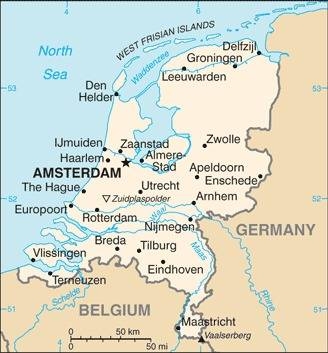
Locator map
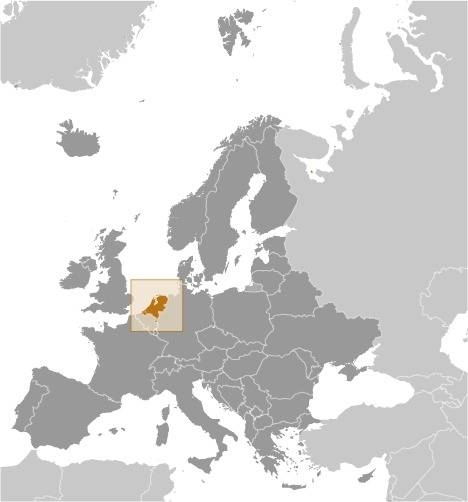
Flag
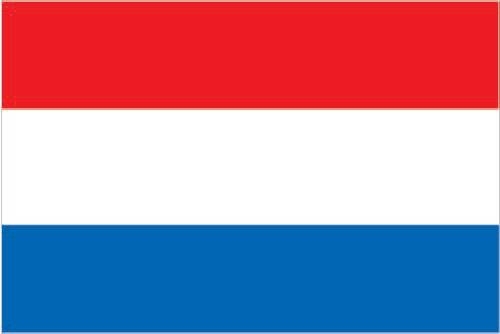
Capital: Amsterdam, but The Hague is the seat of government.
Independence / foundation: The Dutch United Provinces declared their independence from Spain in 1579. During the 17th century, they became a leading seafaring and commercial power, with settlements and colonies around the world. After a 20-year French occupation, the Kingdom of the Netherlands was formed in 1815.
Population: 17 million.
Currency: Euro (EUR)
1 USD = 0.91 - 0.93
Time zone: UTC+1
Languages spoken: Dutch (official). Note - Frisian is an official language in Fryslan province; Frisian, Low Saxon, Limburgish, Romani, and Yiddish have protected status under the European Charter for Regional or Minority Languages.
Dutch is the official language of the three special municipalities of the Caribbean Netherlands; English is a recognized regional language on Sint Eustatius and Saba; Papiamento is a recognized regional language on Bonaire.
Religions: Roman Catholic 20%, Protestant 15% (includes Dutch Reformed, Protestant Church of The Netherlands, Calvinist), Muslim 5%, other 6% (includes Hindu, Buddhist, Jewish), none 54%.
Climate: Temperate climate. Marine cool summers and mild winters.
Real GDP (ppp – purchasing power parity): $1 trillion.
Real GDP per capita (ppp): $59,200.
Main airports: Amsterdam Airport Schiphol, Rotterdam The Hague Airport, Eindhoven Airport.
World heritage sites in The Netherlands
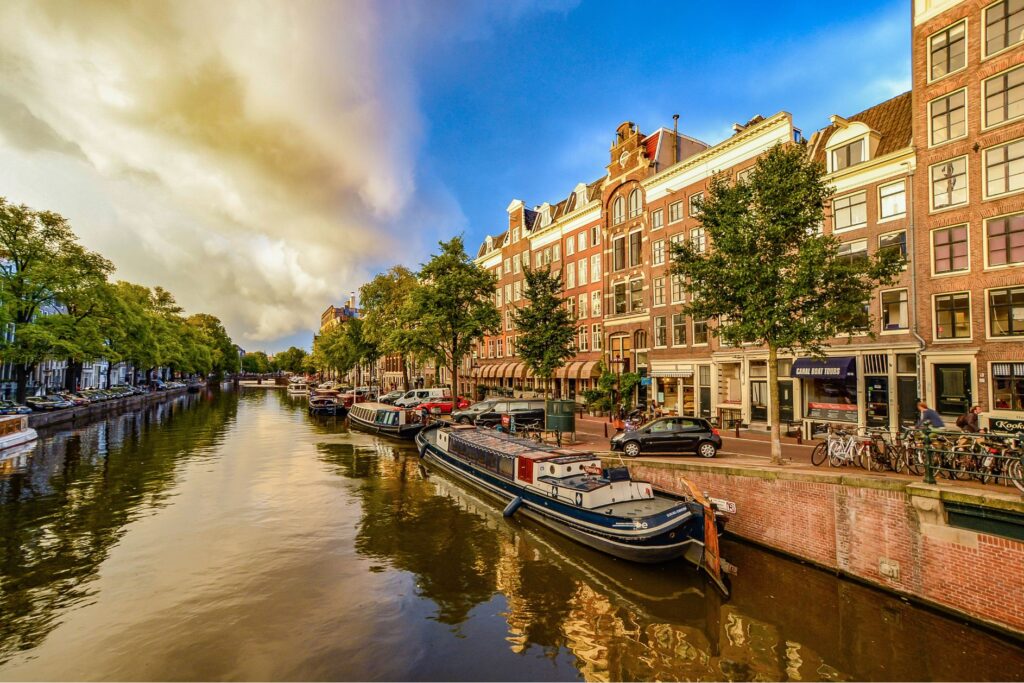
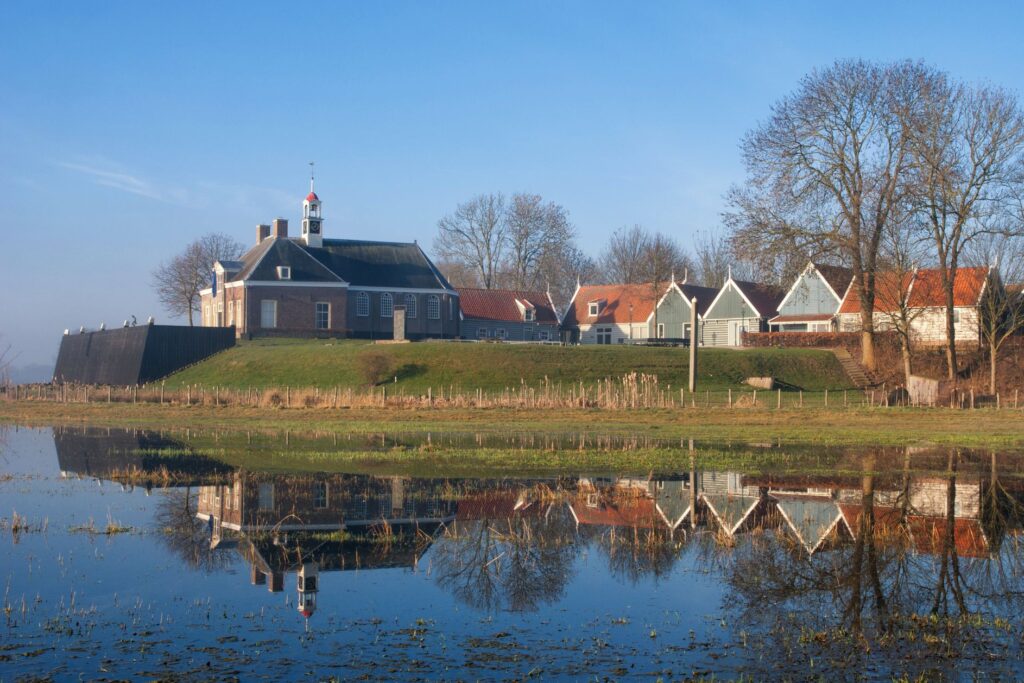
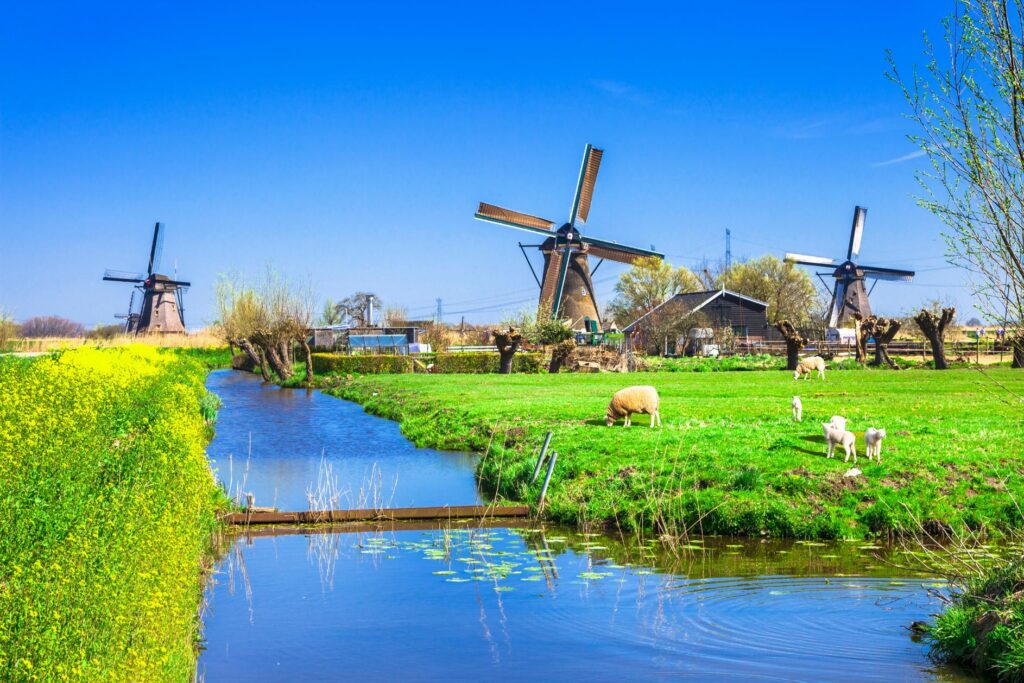
There are over 1,100 world heritage sites spread across more than 165 countries. New ones are added every year, and some may be removed from the list for various reasons.
Number of UNESCO listed sites: 13.
Top world heritage sites:
- Schokland and Surroundings.- Dutch Water Defence Lines.
- Historic Area of Willemstad, Inner City and Harbour, Curaçao.
- Mill Network at Kinderdijk-Elshout.
- Ir.D.F. Woudagemaal (D.F. Wouda Steam Pumping Station).
- Droogmakerij de Beemster (Beemster Polder).
- Rietveld Schröderhuis (Rietveld Schröder House).
- Wadden Sea.
- Seventeenth-Century Canal Ring Area of Amsterdam inside the Singelgracht.
- Van Nellefabriek.
- Colonies of Benevolence.
- Frontiers of the Roman Empire – The Lower German Limes.
- Eisinga Planetarium in Franeker.
Interesting facts about The Netherlands
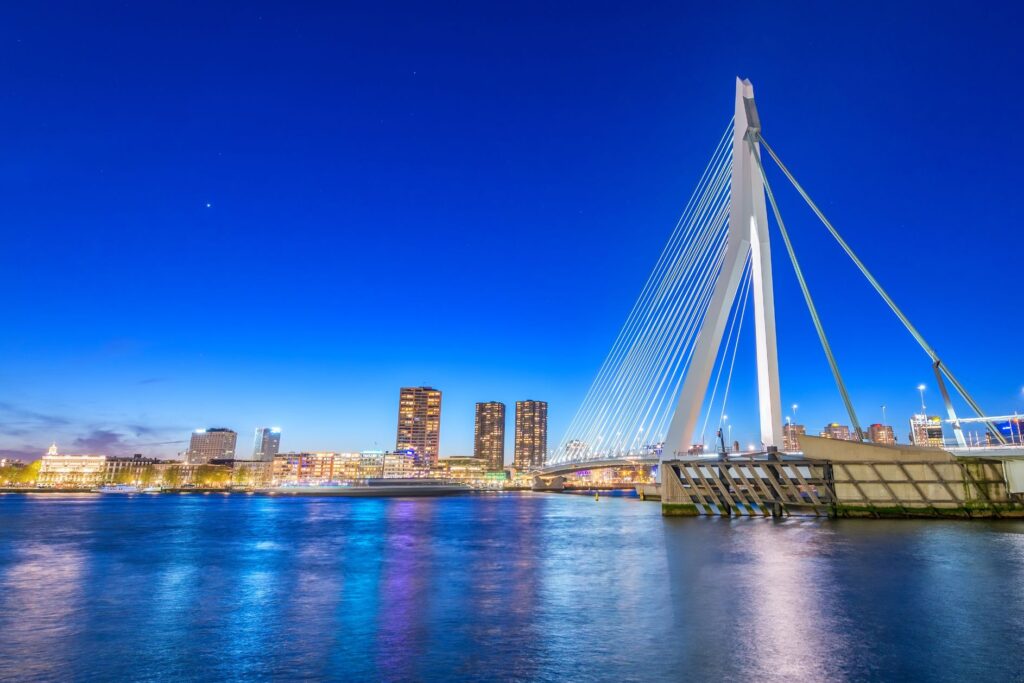
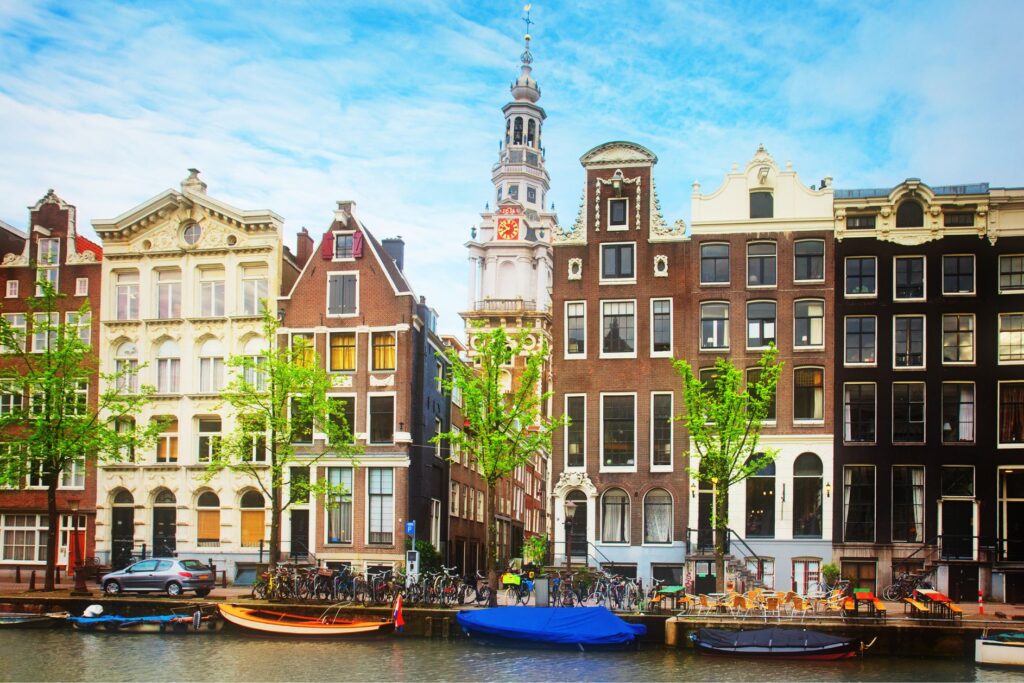
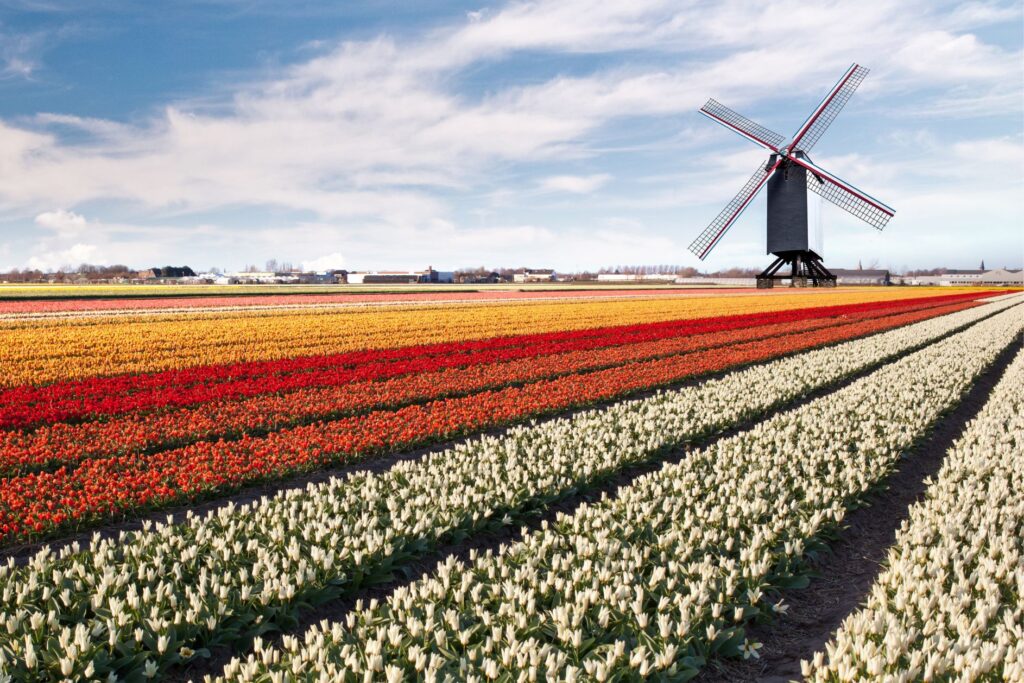
- The Wilhelmus, the country’s national anthem, is the oldest in the world. The music dates back to at least the year 1572.
- The Netherlands is famous for its tulips which have several festivals. However, tulips are not native to the Netherlands, but Kazakhstan.
- Amsterdam has over 1,200 picturesque bridges. The city is known for its canals and stunning landscape.
- Famous painter Vincent van Gogh was born in the Dutch province of North Brabant in 1853.
Further reading: https://thingstodoinamsterdam.com/blog/fun-facts-about-the-netherlands/
The Netherlands Travel tips
Socket type: C / F. Guide to socket types.
Weekend days: Saturday and Sunday.
Driving: Cars drive on the Right.
Local taxi apps: Uber, Taxi.eu, TCA.
Travel Guides: Lonely Planet.
Languages spoken: Dutch (official). Note - Frisian is an official language in Fryslan province; Frisian, Low Saxon, Limburgish, Romani, and Yiddish have protected status under the European Charter for Regional or Minority Languages.
Dutch is the official language of the three special municipalities of the Caribbean Netherlands; English is a recognized regional language on Sint Eustatius and Saba; Papiamento is a recognized regional language on Bonaire.
Basic words and phrases in the main language:
Hello: HalloPlease: Alsjeblieft (als yuh bleeft)
Thank you: Bedankt (buh dahnkt)
Help: Kunt u mij helpen? (kuhnt uw may hel-pern)
Learn more with our favorite learning app Mondly.
Find a hotel in The Netherlands
Book tours and activities:
More about The Netherlands on Solo Female Travelers
Coming soon.Did you spot any errors? We do our best to keep this information updated and accurate, but things change. If you saw anything that is not right, let us know so we can fix it: community@solofemaletravelers.club.
About the Solo Female Travel Safety Index
Safety matters to solo female travelers, you told us so in our annual Solo Female Travel Survey, where year after year, women prove that this is their most important concern when traveling solo.
We wanted to do something about it, so we built these country-specific pages where you can find reviews and scores for 7 key variables affecting the safety of women traveling solo.
Variables
- Risk of scam
- Risk of theft
- Risk of harassment
- Attitudes towards women
- UK Travel Advisory
- US Travel advisory
- Global Peace Index (GPI)
Informing OSAC
The Solo Female Travel Safety Score is used by the Overseas Security Advisory Council for including safety concerns for women travelers in their country security reports; OSAC is a partnership between the U.S. Department of State and private-sector security community.
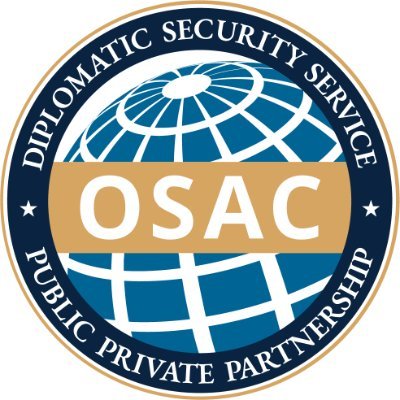
How to use the Safety Index
On this page, you will find the country score and the personal opinions on safety of other women traveling solo.
You can sort the comments by:
- The level of experience traveling solo of the reviewer (beginner = <5 trips solo, Intermediate = 5 to 10 trips solo, Experienced = >10 trips solo).
- The age of the traveler.
- Whether they are a visitor or local.
- The date they were posted.
The safety scores range from 1 to 4 with 1 being the safest and 4 being the most dangerous for solo female travelers.
Thus, the lower the score, the safer the country.
Looking for more safety resources?
This entire website is devoted to helping women travel solo. Check out the links below to learn more:
Solo Female Travel Stats: Results from the the largest, most comprehensive and only global research study on solo female travel trends, preferences and behaviors published.
Thanks to Jacobo Vilella for creating the Solo Female Travelers Safety Index ❤️






